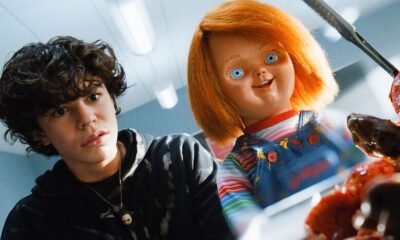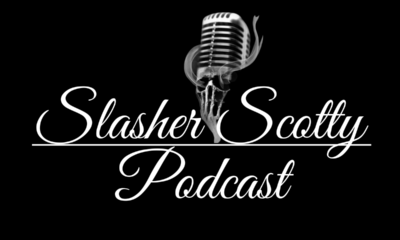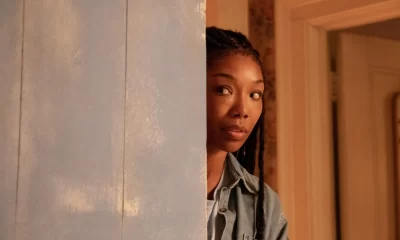Editorials
A Cure For Wellness, one of the best horror films of the last decade — and why you missed it
Ambitious, passionate, and flawed, A Cure For Wellness is unabashed cinematic art.
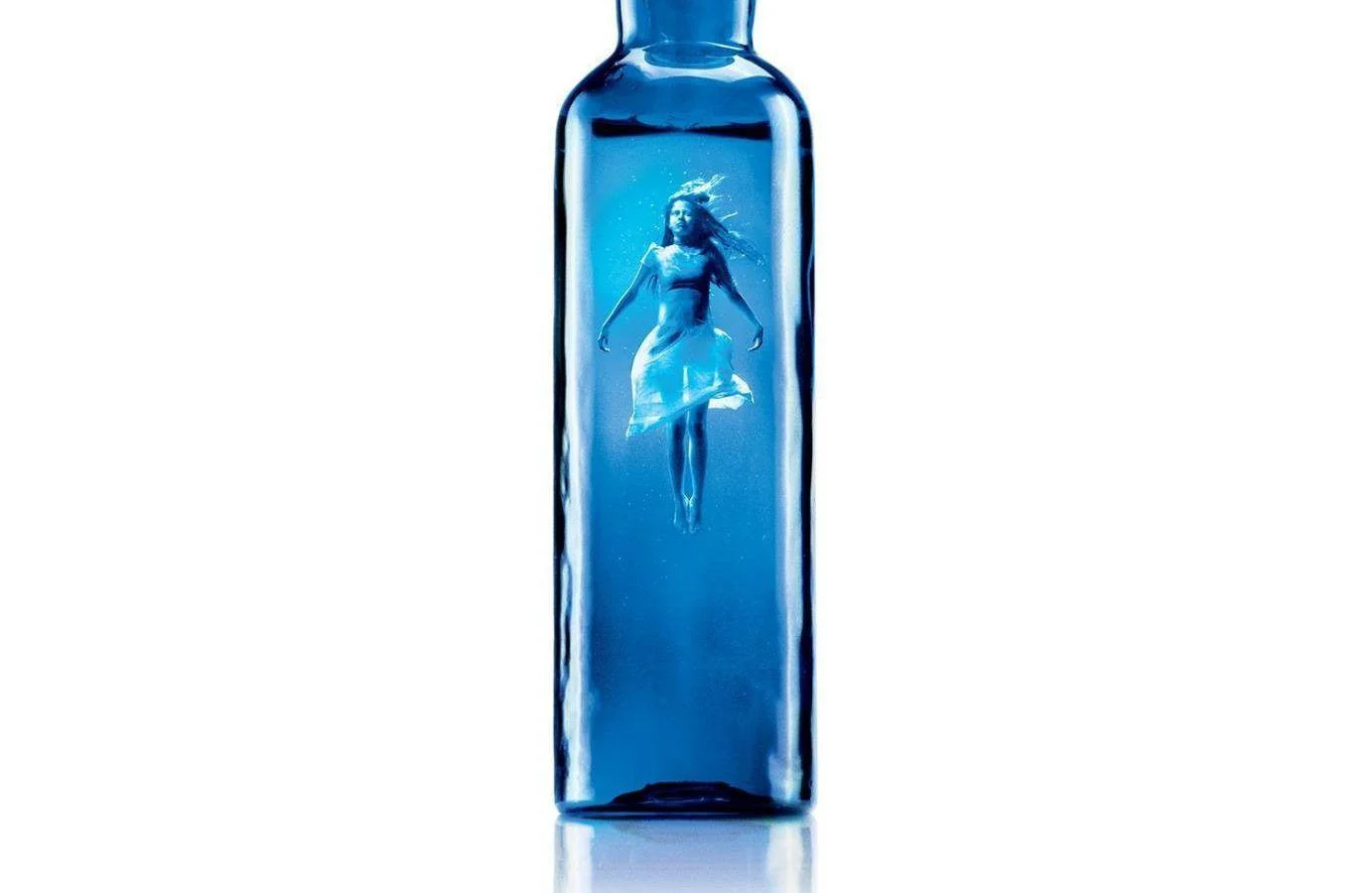
One of the best, all things considered — even the bad things
An open secret in horror cinema is the near-inevitability of guaranteed returns. The genre is both attractive and notorious for its ability to turn a profit no matter the budget or the critical reception; simply put, horror is diverse and multifaceted, appealing to audiences of all backgrounds, and relatively cheap to make. For any filmmaker, from the aspiring indie director to the multimillion-dollar studio, producing a horror film is a smart investment.
That said, it’s rare when a horror film manages to be both a critical and a commercial failure, especially one with prime talent and established studio backing behind it. Yet one such example crept its way into US theaters in February of 2017, only to be disregarded and forgotten after its brief, bizarre flare.
A Troubled History
Perhaps A Cure For Wellness’s fate was inevitable considering its director’s trajectory. After helming one of the biggest cinematic franchises of all time, Pirates of the Caribbean, and nabbing an Oscar with his animated film Rango, Gore Verbinski proceeded to churn out a catastrophic misfire with The Lone Ranger, which is still regarded as one of the biggest box-office flops in movie history. Varying opinions on that movie aside, it’s understandable why no major studio would want Verbinski touching an imminent blockbuster franchise after Disney’s 150 million dollar loss. Making the switch for horror, therefore, seemed like the safe and logical choice, especially with Verbinski’s proven record with the genre (his 2002 take on The Ring is largely considered one of the “better” horror remakes).
Unfortunately, much like The Lone Ranger, the director’s curse of the downward spiral manifested in A Cure For Wellness. Audiences were put off, critics were quick to dismiss, and the film made 26 million against a 40 million dollar budget, an overall loss for 20th Century Fox. And as of writing, Verbinski seems to not be attached to any future projects.
So what went wrong with A Cure For Wellness? The short answer is, “It’s a long story.”

This “cure” might be hard to swallow.
Brain, Heart, & Guts
Although inspired by the 1924 novel The Magic Mountain, and paying homage to classic cinema such as The Shining and Shutter Island, A Cure For Wellness is largely an original film, not connected to any existing franchise or property. And its impressive (for the genre) budget elevates it above the typical “possession/exorcism” fare that dominates the modern horror scene. Combine this with its aggressively Lovecraftian premise and lavish production design, and you get what is pure, unadulterated horror cinema. The film is unapologetic with its shocking imagery, its combination of accessibility and artistry, the old-fashioned, almost literary quality of its storytelling. Its shadowy gothic underbelly merges grotesquely with the sanitized horrors of the modern age. And it’s weird, weird, weird. If I told you about a film where toxic well water is filtered through live eels and human bodies into a sweat-based elixir of life via quack spa therapy set in the Swiss Alps, you’d probably assume I had either gazed upon an eldritch being and devolved into a babbling jumble of nonsense, or that I had suffered a mild stroke.
But this sort of cinema is something special in my eyes. It is the unabashed expression of the darkness that festers in our hearts, an examination of the depths of human depravity, one that pushes the limits of creativity. Knowing Verbinski’s prior work, it’s truly commendable that the man was allowed to run free with his vision and explore every slimy corner he wished to traverse. The story A Cure For Wellness tells is rich and laden with historicity, yet it still beats strong with emotion and open-endedness. The visual style is cool and tinted medical green, with high-contrast shadows and sickly lighting. Every shot is painstakingly crafted and every detail is crisp and saturated, from the ethereal coolness of water to the veiny imperfections of human skin.
With these deliciously dark highlights, and with cinephiles’ broader conversation about the need for bold, original stories from Hollywood, A Cure For Wellness seemed like a shoe-in for a transgressive horror masterpiece that dominates film discourse and sets the standard for the craft going forward.
So where does the “bad” come in?

Impressed by this visual? Just wait a few seconds. Every other shot is as gorgeous and well-composited as the last.
The Ugly Bits
While I have made myself out as a clear fan of Verbinski’s directing style, I will also be the first to admit it’s not the most resonant with others. Critics would contend that the director’s stories are overwritten and overstuffed, that the weirdness is tonally jarring and detracts rather than contributes, and that the visual metaphors can be too on-the-nose. While complex narratives and challenging visuals are desirable, in excess they become indigestible. And anyone who’s seen A Cure For Wellness, from its ardent fans to its most hostile detractors, agrees that it is an excessive film. As someone who’s seen the movie three times, I’d still stumble and misspeak if asked to recount the villain’s backstory. There are horror/suspense sequences that are repeated upwards of three times and spread out over the course of the film, presumably to build tension, but they wind up overworn and pretentious. There’s one too many…or perhaps, two or three too many, side characters with varying levels of attention that do not add up nicely. And to call the film a slow burn is an understatement, especially when contrasted with the explosive, insane final ten minutes. The whiplash is palpable enough to crack bone.
These sort of problems seem small by comparison, and in theory should not outweigh the film’s many strengths. But much like the film’s insidious therapies, they have a tendency to accumulate; and to many critics, these issues simply proved too meddlesome to ignore. And casual filmgoers, the sorts who’d otherwise flock towards every other “haunted house” film, do not have the stomach for such difficulties. To this day I still argue with someone close to me over them point-blank refusing to see the film, because and I quote, “Lucius Malfoy fists his daughter (referring to actor Jason Isaacs),” and “no movie with eels as the central premise has ever been good.” While this debate is amusing on its face, it’s also a more generalized version of the sentiment that persists among general audiences regarding the film. In other words, it was just too weird and too uncomfortable for their tastes.
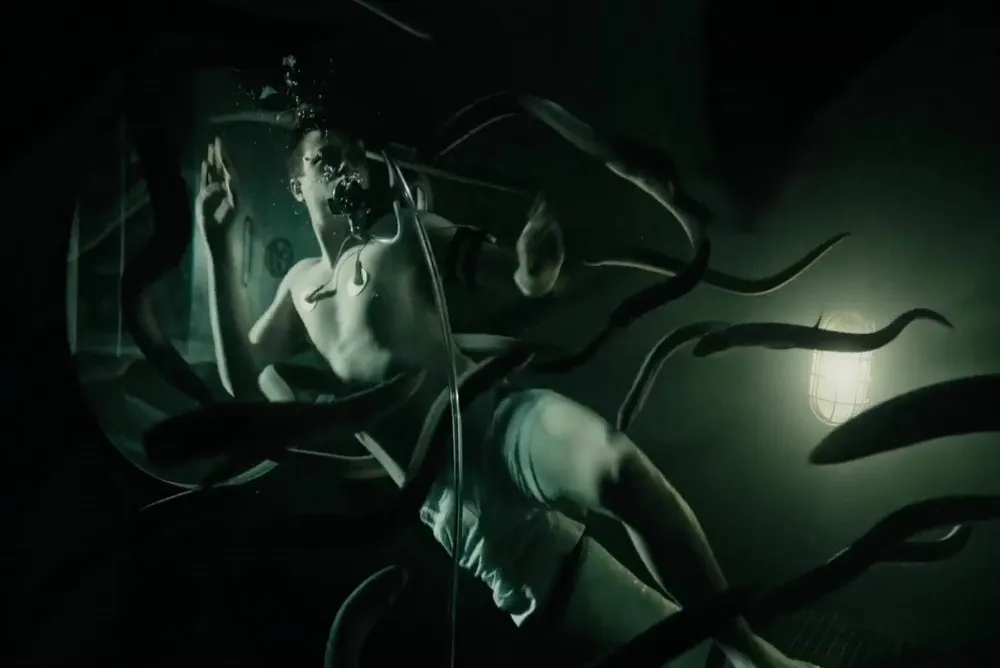
You can never have “too many eels.”
Why It’s The “Best”
And that’s perfectly understandable. A Cure For Wellness isn’t for everyone. But for those who appreciate transgression and cry out for original stories from major studios, A Cure For Wellness at the very least serves as an intriguing example of what happens when those things are allowed to flourish. One more rewrite might have rendered it the esoteric masterpiece Verbinski intended it to be, maybe even just an additional co-writer to reel him and his partner Justin Haythe in when they veered into the realms of overcomplexity. And for every one of the film’s detractors, it has at least one supporter, one who recognizes it for the passionate ode to old-fashioned horror filmmaking hiding underneath all the ugly bits. The title cue on the film’s soundtrack, “Hannah and Volmer,” currently sits at over 1.2 million plays on YouTube: a true testament to the grip it held over viewers.
So when I label A Cure For Wellness one of the “best” horror films of the last decade, I don’t mean in how the sum of its parts adds up. On a level of simple quality, “better” horror than A Cure For Wellness has doubtlessly emerged (in my opinion, the most well-done horror film of 2017 was It: Chapter One). But I doubt any of those “better” horror films come close to the sheer ambition, passion, and for lack of a better term, fun espoused by Gore Verbinski and co.
The modern horror scene has its highs and lows, and despite the definite quality of some recent entries, many adherents remain cynical about the direction the genre is taking. I would direct them to check out A Cure For Wellness, just to experience a prime example of what undiluted horror filmmaking is like: the good, the bad, and the wonderfully, fantastically, weird.
To read more in-depth examinations of the tentacled beast that is horror media, check out GoreCulture’s editorials page.





